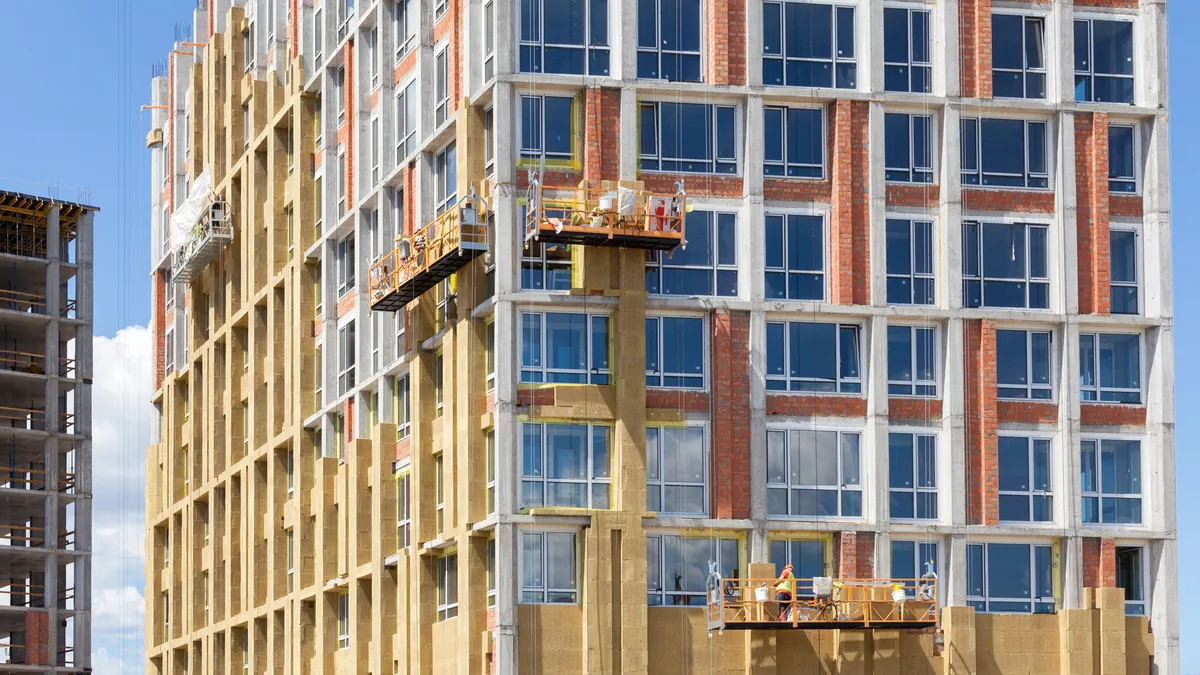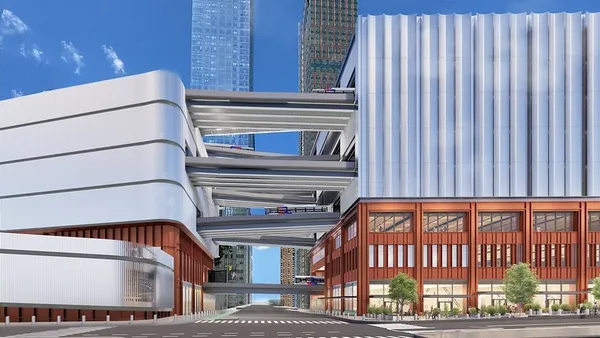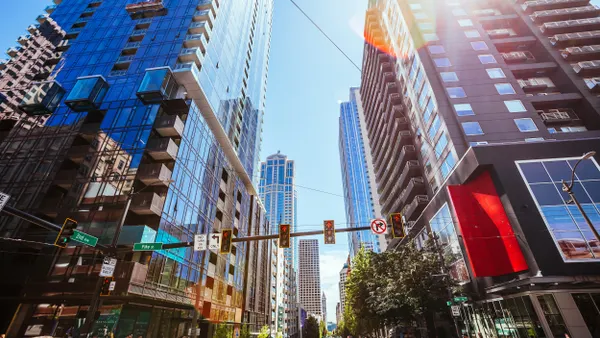Greenhouse gas (GHG) emissions don't adhere to jurisdictional borders and neither does COVID-19. Both these challenges require global collaboration—and rethinking our built environment offers a way to address both simultaneously. Buildings contribute to nearly 27% percent of GHG emissions globally, and achieving the Paris Accords' goals requires reducing their climate impact via increased energy efficiency and clean energy sources. Energy efficiency is also a crucial component of energy security and reduced building energy consumption—and related GHG emissions—contributes to a lesser exposure to fuel price volatility. What's more, accelerating building efficiency presents an enormous economic, societal, and environmental opportunity beyond energy savings. Retrofits helps modernize buildings, resulting in reduced emissions, improved air quality and occupant health, as well as in economic benefits due to reduced energy bills and creating local jobs which, by their nature, cannot be sent offshore. As we recover from the pandemic, we need to keep the power of building retrofits foremost in our minds.
The United States–European Union Energy Council has committed to reaching net zero emissions by 2050, and buildings are an essential component to this strategy. Over the past year, BPIE (Buildings Performance Institute Europe) and the Institute for Market Transformation (IMT) have been collaborating with the US Department of Energy (DOE), Housing and Urban Development, Delegation of the EU to the US, the European Commission Department of Energy, the German Embassy, and Deutsche Gesellschaft für Internationale Zusammenarbeit GmbH, to foster cross-jurisdictional dialogue. This work has focused on how markets across the globe can design, carry out, and benefit from building retrofits in ways that strengthen transatlantic recovery from the pandemic while meeting the goals laid out in the Paris Agreement. Here are some key takeaways:
1. Government climate goals must put buildings at the center of climate solutions. Given the magnitude of GHG emissions, no government can reach its climate goals without addressing buildings. This is particularly true in densely populated areas across the U.S. and Europe. Both market trends and regulation are already driving retrofits and electrification globally, and this trend is likely to accelerate.
2. These retrofits will open up tremendous jobs potential. The European Commission aims to double retrofit rates. By 2030, 35 million buildings could be renovated and up to 160,000 additional green jobs created in the construction sector. In the United States, there were 2.1 million energy efficiency jobs in 2021. Retrofitting 111 million residential units constructed before 2000 would create another million jobs. The DOE's Building Technologies Office (part of the Office of Energy Efficiency and Renewable Energy) is managing more than USD $15 million in awards specifically for development of a green buildings workforce.
3. Access to financing is key.
In order to achieve the renovation rate needed to achieve the climate goals, retrofit financing needs to increase significantly. BPIE estimates that if Europe is to achieve its 2050 climate neutrality goals, EUR 243 billion are needed annually, for medium and deep renovations. Innovative policies and programs, such as on-bill tariffs, "pay-as-you-save" models, and special incentives are emerging in both the US and the EU. However, their implementation and the amount of both public and private capital needs to be increased nearly six-fold.
4. Affordable housing needs priority. Residents need lower energy bills, but they also need to stay in their homes, so targeted financial and technical support and careful policy design are needed.
Now, there are voices of dissent, who argue that retrofits are too expensive or cumbersome to undertake at scale, and efficiency must be sacrificed to improve ventilation and indoor air quality. However, there are numerous existing technologies that can make heating and cooling our buildings more efficient, while also producing cleaner air, and creating local jobs for those performing retrofits. More importantly, the status quo puts us on a course that will cost billions to building owners, occupants and communities as climate-related disasters destroy or damage buildings, and as extreme temperatures create greater need for heating and cooling.
Markets have always adapted to change, and the trend toward greater focus on Environmental, Social & Governance (ESG) goals means real estate is already experiencing a significant shift toward greater sustainability. The right path forward is to share ideas and lessons learned so we can move towards our goals as rapidly as possible with the least cost and the best outcomes. This means we must collaborate, on data, on goals and on programs and technological innovations to accelerate our progress on building performance to reach net-zero in less than ten years. This is a huge but achievable task, and only by exchanging on practices, lessons learned and ideas can we make this goal a reality.
Further reading:
A guidebook to European buildings efficiency: key regulatory and policy developments










